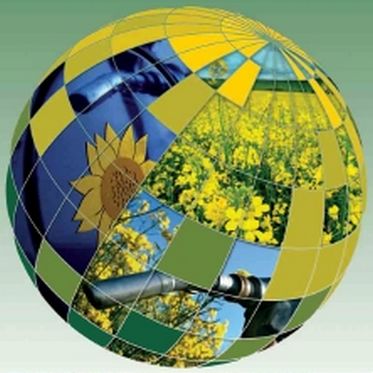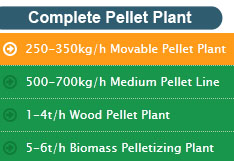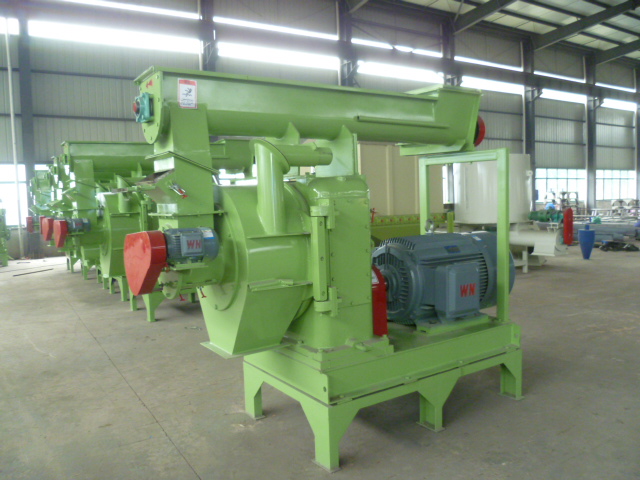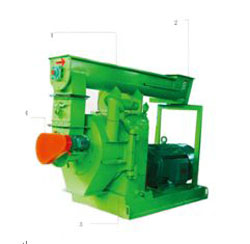Production and consumption of wood pellets
Wood pellets are a clean, CO2-neutral and convenient fuel, mostly produced from sawdust and wood shavings, compressed under high pressure using no glue or other additives. They are cylindrical in shape and usually 6-10 mm in diameter and 10-30 mm in length. As a highly standardized and high-density fuel, pellets allow cost-efficient transportation and automatic operation of plants for heat and electricity production, from private homes to large-scale power plants.
With a rapidly growing share of the market, they are a key technology for increasing biomass utilisation in Europe and beyond, especially in the heating sector. Pellets are also an excellent way of using local resources thus making a concrete contribution to environmental and climate change protection.

Production and consumption of wood pellets:
In the last years, pellet production facilities have boomed all over the world, especially in Europe and in Northern America
The production capacity in all EU 27 is estimated at about 9 million tons (2007), globally it might be as much as a 12-14 million tons capacity.
Leading EU pellet producing countries are Sweden (1.7 million tons), Germany (900,000 tons) and Austria (800,000 tons). Sweden and Austria both have been leading pellet countries since the beginning of the pellet market development in Europe in the mid-nineties. Increasing production capacities can also be found, for example, in France, Spain, Latvia, Estonia and Poland. Russia has significantly increased its production capacities, from 50,000 tons in 2005 to 550,000 tons in 2007, nearly all of it for export. Canada’s plants produced about 1,335,000 tons in 2008.
In terms of pellet consumption, Sweden, Germany and Austria are in the lead in Europe, closely followed by France were a rapid market development took place in recent years. Italy has become one of the most important pellet consumers due to the increasing number of installed pellet stoves (about 800,000 stoves)
The pellet consumption in Europe presently amounts to about 6 million tons per year.
Important pellet exporters are Canada and Russia, large pellet importers are Denmark, Italy, Belgium and the Netherlands.
With an increase of global trade, a world-wide certification for the sustainable production of pellets will become increasingly important.
Pellet raw materials:
For the future market development, the issue of pellet raw materials and its price will be crucial. Presently, the main raw material for pellets is sawdust, however current sawdust resources are becoming increasingly utilised. One solution would be importing saw dust from China, Russia or Southern America. However, concerns about sustainable forestry and long transport routes might lead to a loss of consumer trust and support by public policies
Another option is to use other raw materials. Agricultural products and residues, such as straw, hay, miscanthus or energy crops -so-called agri-pellets -have been at the centre of attention of the pellet community in the past years. Unfortunately, all of them are much harder to burn cleanly than wood, therefore -due to the emission legislation -significant product development is required before mass use in most European countries will be possible
Another promising option are other forest residues, such as wood chips or log wood, and short rotation forests. First experiences are already available in Sweden and Italy where poplar or willow are planted
Conflicts of use
Raw material for wood pellets is not available infinitely, at least not at relatively low costs. Fluctuations in sawdust availability and price are also caused by the construction industry -if this sector needs less material, this leads to lower activity in the wood working industry which results in lower quantities of sawdust being produced and available for pellet production
Therefore, there is a debate in the pellet community where wood pellets should be used best in the future: in small installations to heat homes, schools and shops or in large power stations where they can substitute significant quantities of coal.
There are those who argue that wood pellet heating is one of the few options available for 100 % CO2 neutral heating of buildings. User-friendliness, low fuel costs and the fact that it is an environmentally friendly solution have already convinced ten thousands of consumers in Europe to make the investment in a pellet stove or boiler
And there are the others stating that pellets, when co-fired in power stations, allow for quick substitution of fossil fuels at very low investment costs
One answer to this debate would be a strong increase in global trade. However, wood pellets which travel around half the globe have lost some of their environmental advantages and will be a lot less attractive to homeowners and to public programmes which financially support the investment. However, the environmental balance looks much better for large power stations in the vicinity of ports

Complete Wood Pellet Mills
Small Mobile Pellet Plant
Biomass Pelletizing Plant
Drum Chipper
Wood & Straw Crusher
Hammermills
Heat Stove
Rotary Drum Dryers
Ring Die Pellet Mill
Pellet Mill With Ring Die
Flat Die Pellet Mill
Spare Parts Dies & Rollers
Steam Boiler
Cooler
Pellet Packing Machine
PLC Control for Pellet Mill
Conveyor
Pellet Pulse Dust Collector
Magnetic Separator
Pellet Stove Fireplace
Small Pellet Mill



 Spanish
Spanish French
French Russian
Russian


